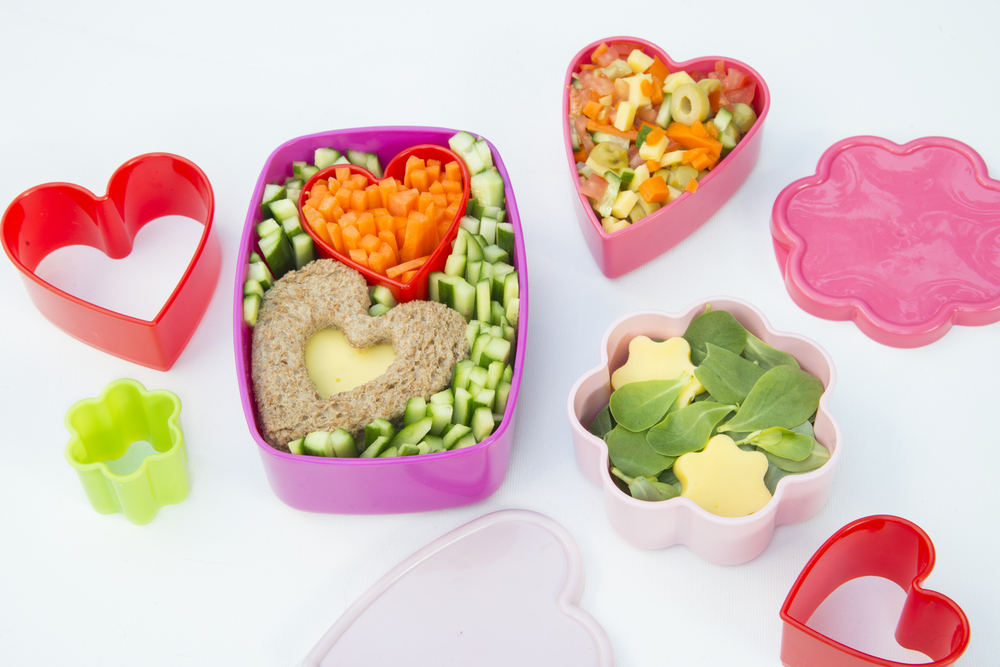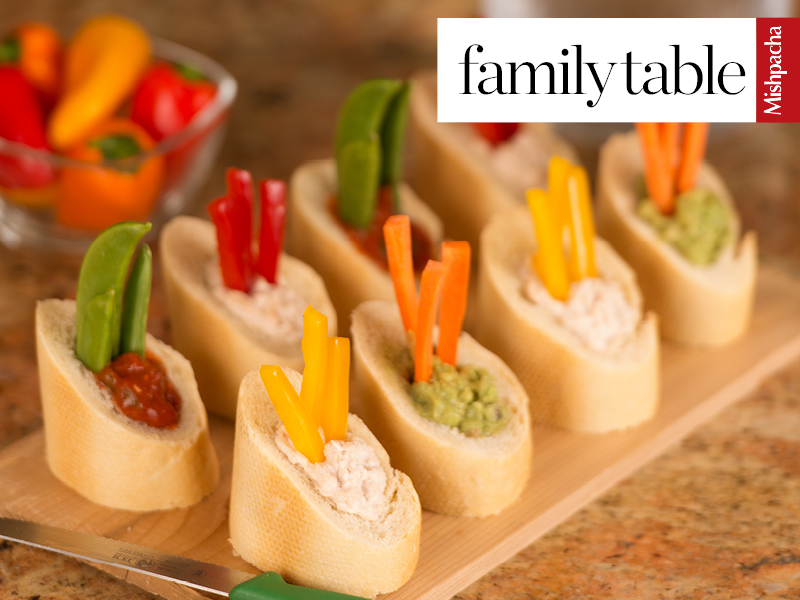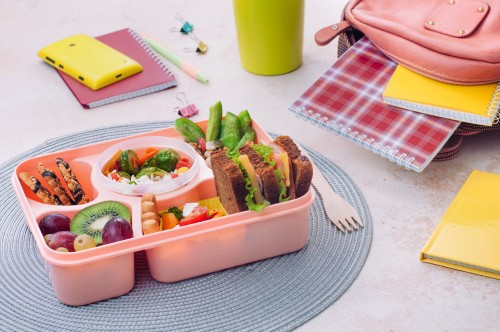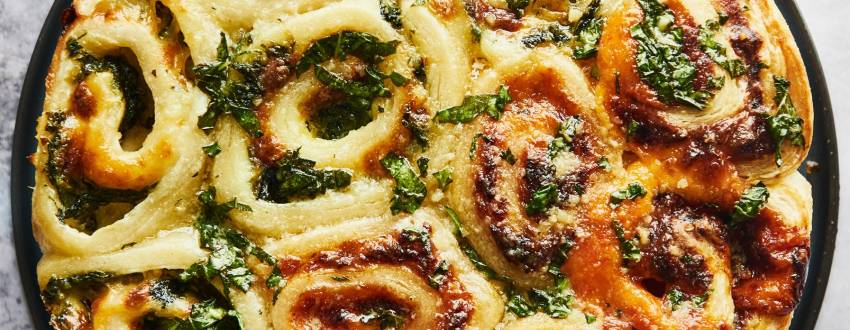By Elisheva Blumberg, Lubicom Staff
We all want the best nourishment for our kids.
But sending a picky child to school with a thermos of cream of kale soup and cardboard-thick crackers is like forcing her to wear a sweater when she insists the weather outside is boiling shmoiling.
She ain’t gonna wear that sweater, and she sure as kickin’ kale won’t eat that soup.
The answer?
Stop the struggle, Mama! Try these 6 tips to help your child savor every crumb of her healthy lunch.
1. Kid’s Choice
Guide your child in making well-rounded choices for lunch and snacks, offering a wide variety of foods to choose from — but leave the ultimate decision up to him.
For inspiration, spend time together looking at cookbooks, discovering new products in supermarket aisles, and talking about his favorite foods and what kinds of foods he might like to try.
Giving your child a voice in creating his own menu can eliminate much of the power struggle that often accompanies lunch-packing woes, PLUS you’ll be teaching him crucial skills, like creative problem-solving, decision-making, and planning ahead.

2. Be Creative with Colors, Shapes, and Themes
Think of lunch-making as an art project!
One week, try for a healthy rainbow theme and challenge yourself to match the produce to the day: Monday is Red: red peppers, watermelon chunks; Tuesday is Orange: carrot sticks, nectarine slices; Wednesday is Yellow: chickpeas, Golden Delicious apple.
You can also play with shapes, using melon ballers or fun-shaped cookie cutters to revamp basic lunch items, like sandwiches and chunks of cheese. (Esther Ottensoser is the queen of presenting sandwiches creatively.)




3. The Art of Substitution
Homemade versions of processed-food favorites can be even more awesome than the original.
Does your child crave store-bought yogurt with candy mix-ins? Instead, try a wholesome full-fat plain or lightly-sweetened yogurt, and pack up some exciting and nutritious finger foods for her to mix in at school. Examples are dark chocolate chips or cacao nibs, chopped dates or other dried fruits, whole wheat graham crackers, and any kind of nuts (if your child’s school allows them).
Does your child love store-bought sandwich crackers with processed fillings? Instead, buy more natural versions of crackers and send in versions of your own fresh fillings, like natural jams or jellies, slices of cheese, and various nut butters.

4. A Better Box
Compartment lunch boxes, or bento boxes, offer many benefits that can help with healthy lunch-packing.
The small compartments encourage variety and a nice balance of food groups (i.e. chicken in one box, pasta in another, chummus in a third) and make well-rounded lunches easier to plan and pack.
The best part is — kids love them! Bento boxes are especially appealing to preschoolers and younger-grade children who like to pick and choose their foods, and for sensory-sensitive kids who don’t like multiple foods mixed together in a single container.
5. Hydration, Hydration, Hydration
Dehydration can greatly affect a child’s performance in school, but drinking enough during a long school day can be a challenge, especially for kids who don’t like the taste of plain water.
Here’s how you can help your child stay hydrated throughout the day:
- Don’t underestimate the power of an exciting, decorative, or cute water bottle!
- If plain water isn’t appealing enough, experiment with homemade fruit-infused waters as a more natural alternative to store-bought flavored waters.
- Milk and juice boxes also provide hydration, just check the ingredients for added sugars, flavors, or coloring agents. In most cases, the fewer ingredients, the better.
- Foods can provide hydration, too. If your child isn’t drinking enough, aim to pack water-rich produce: grapes, melons, cucumbers, and citrus are healthy and hydrating options.
6. Be Flexible with “Play Food”
Nutrition therapists Evelyn Tribole and Elyse Resch (authors of the book Intuitive Eating) advise packing lunches “that have a variety of choices, including a little play food.”
Play food refers to food that is not inherently whole, natural, or considered “healthy” — think caramel popcorn, lollipops, donuts. Overwhelming evidence shows that when children feel restricted, they can end up developing an unhealthy obsession with treats and food in general.
Or, as Tribole and Resch put it: “If your child never gets a cookie in her lunch, you can be sure that she’ll trade something with another child to get what she wants.”
The healthiest lunch in the long-term is one that provides nutrition as well as joyful satisfaction.





